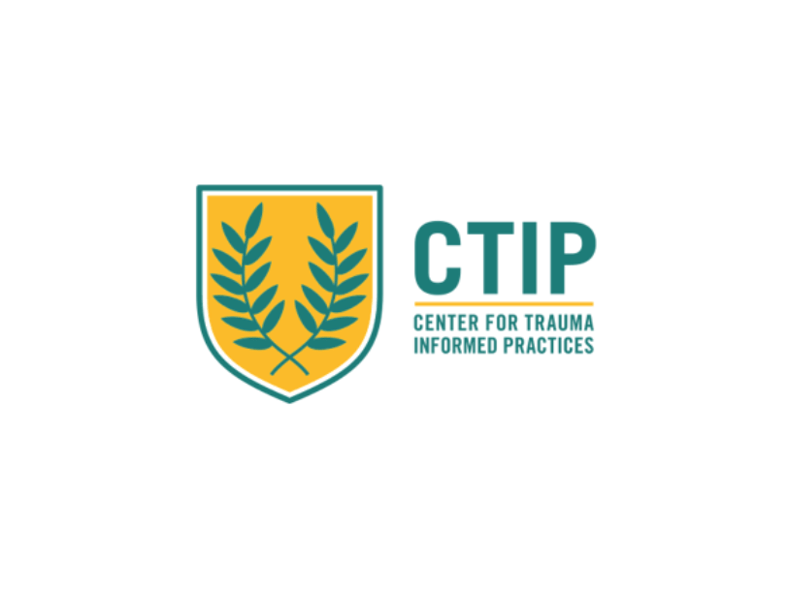Executive Summary:
Guidelines for Re-Entry into the School Setting During the Pandemic: Executive Summary

J. Kevin Cameron, Executive Director NACTATR / CTIP | August 16, 2024
As promised, we have released our CTIP Guidelines for the Implementation of Cell Phone [Personal Mobile Devices (PMD)] in schools.

J. Kevin Cameron, Executive Director NACTATR / CTIP | March 21, 2024
Overview
We have had a sustained increase in the frequency and intensity of VTRA-related cases coming out of the pandemic. This includes a dramatic increase in weapons possession among young people. In the educational context, the preferred weapon of choice is a knife.
However, the most complex cases are involving middle school and elementary aged children where we are also seeing more sexualized VTRA-related cases from:

J. Kevin Cameron, Executive Director NACTATR / CTIP | December 5, 2022
December has traditionally been an identified Critical Period in VTRA practice. Critical Periods are predictable timeframes for increased threat making and threat-related behaviour. As noted in our earlier communications, the increased frequency and complexity of cases was foreseeable this Fall/Winter due to a significant delayed trauma (stress) response to the worldwide Covid-19 pandemic. Highlighted in our VTRA trainings this year, is the message that the “the sky is not falling, this was always predictable”. However, due to the increased number of cases, VTRA Leads in schools, partner agencies, and at the community level may need to triage their cases. It may be more manageable and feasible to do more site-specific incident screenings to mitigate initial risk while awaiting consultation from multi-agency partners. This is because most protocol partners are needing to triage their own casework in comparison to pre-pandemic practice.

J. Kevin Cameron, Executive Director NACTATR / CTIP | July 21, 2022
Trauma in Human Systems:
A Brief Introduction

J. Kevin Cameron, Executive Director NACTATR / CTIP | June 2, 2021
On Friday May 28th the truth was revealed regarding the buried bodies of over two hundred children. My colleagues and I penned a brief E-Alert on that day through our roles with the B.C. Government ERASE Initiative. It was sent to many professionals in that province who, like us, were in awe of this reality. This E-Alert is for the entire country and every Indigenous Nation and People as well as all those who wish to help. It is more personal than any other communication I have penned.
File: PDF Rekindled Trauma: Former Kamloops Residential School

J. Kevin Cameron, Executive Director NACTATR / CTIP | May 13, 2020